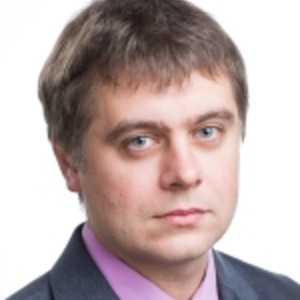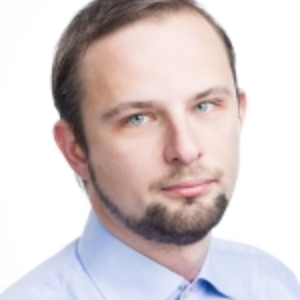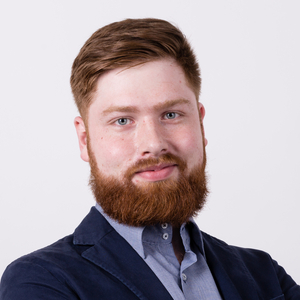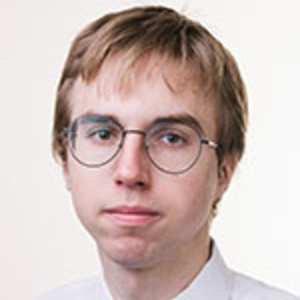Study
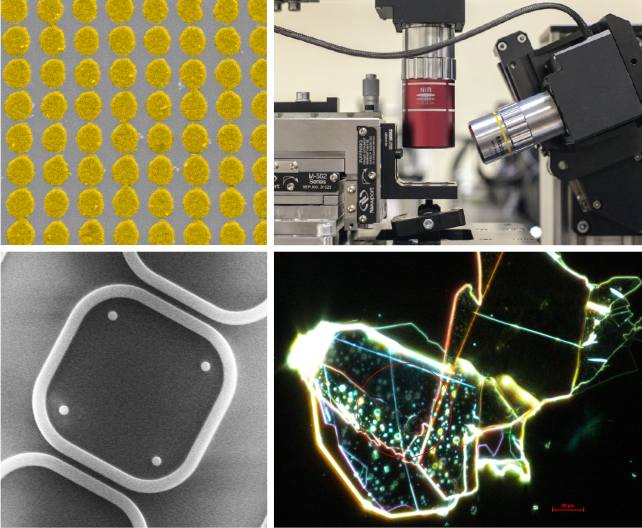
Nanophotonics is a rapidly developing field, which aims at tailoring the optical properties of nanomaterials and understanding the optical phenomena arising near or beyond the diffraction limit of light. This course gives insights into contemporary tools and strategies for fabrication and experimental characterization of nanoscale optical devices and structures
Being targeted at broad audience intending to work in areas related to nanophotonics, the course is both essential for experimentalists and provides important basic knowledge for theoreticians. Starting from nanofabrication technologies and methods of basic structural characterization, we will proceed to conventional and super-resolution optical imaging, spectroscopy and interferometry. The lectures are accompanied by advanced lab practices, lab projects and seminars on the most important achievements of modern science related to optics and photonics.
Part I. Methods of nanofabrication and structural characterization
- Layer deposition. Wet and plasma chemical etching. Reactive ion etching.
- Focused ion beam etching. SEM. E-beam lithography.
- Optical lithography
- Chemical methods for nanofabrication
- Scanning probe microscopy: STM and AFM
Part II. Fundamentals of optical microscopy
- Basic optical elements: mirrors, beamsplitters, retroreflectors, polarizers and waveplates
- Building simple optical systems. Telescope.
- Infinity-corrected optical systems. Objective lenses.
- Resolution limit. Confocal microscopy. Methods of overcoming the diffraction limit.
- Building a confocal microscope.
- Near-field scanning optical microscopy.
- Back focal plane microscopy. Measuring surface waves, singleparticle scattering and emission directivity.
Part III. Fundamentals of optical spectroscopy
- Optical detectors and sensors.
- Dispersive elements. Optical spectrometer. Spectral resolution.
- Coherent and incoherent light. Spatial and temporal coherence.
- Light sources. CW and pulsed laser radiation.
- Interferometers and their applications. Fourier-transform infrared spectroscopy.
- Atomic and molecular spectroscopy. Line broadening mechanisms. Jablonski diagrams
- Luminescence and Raman spectroscopy. Tip-enhanced and surface enhanced spectroscopy.
- Optical spectroscopy of planar nano- and micro-devices
1. Hecht, E. Optics. Pearson Education, 2016.
2. Sivukhin D. V. Course of General Physics, Vol. 4: Optics. Moscow “Fizmatlit. 1980.
3. Novotny, L., & Hecht, B. Principles of nano-optics. Cambridge university press, 2012.
4. Zayats, A. V. & Richards D. Nano-optics and near-field optical microscopy. Artech house, 2009.
5. Maier, St. Plasmonics: fundamentals and applications. Springer Science & Business Media, 2007.
6. Mironov, V. L. (2004). Fundamentals of scanning probe microscopy. Moscow: Technosfera, 144.
Academic performance control:
- Tests (written, with marks)
- Self-study (some of the questions in the tests and examination will not be covered in the lectures)
- Interim assessment (based on the tests, with mark)
- Presentations on Nobel Prizes in optics (oral)
- Final examination (oral)
Quality criteria for the presentation:
- Introduction and historical background
- Clarity in description of the discovery/technology/effect
- Coverage of the real-world applications
- Clear structure of the presentation and the art of rhetoric.
The final examination rules:
- The examination is oral.
- Each of the students has to answer 3 questions from 3 parts of the course.
- Students have 1 hour to prepare the answer.
- Students are not allowed to use any materials, sources or devices, except personal handwritten lecture notes.
- The results of the tests will be taken into account during the examination.
- Poor attendance results in additional questions and more rigorous assessment of knowledge during the exam.
- A few students who delivered the best talks at the seminar will be awarded by "+1" to the final mark. The list of these students will not be announced until the examination.

